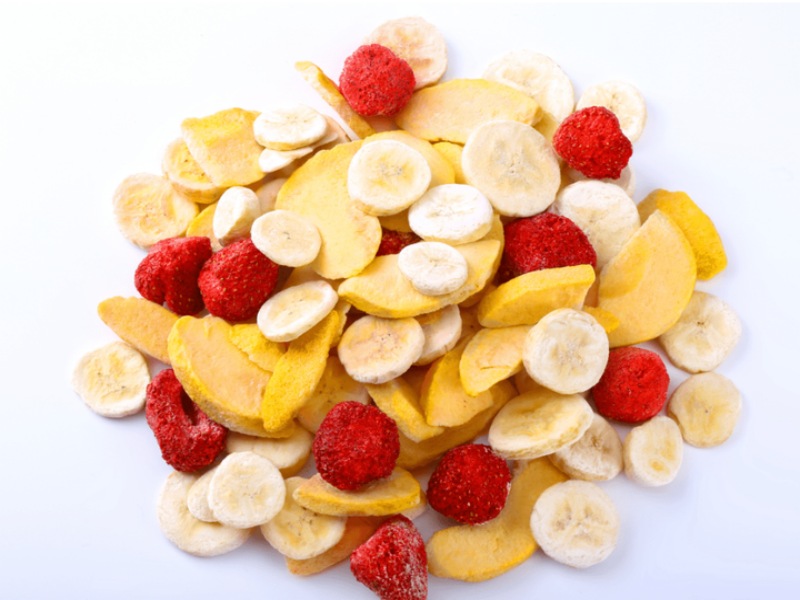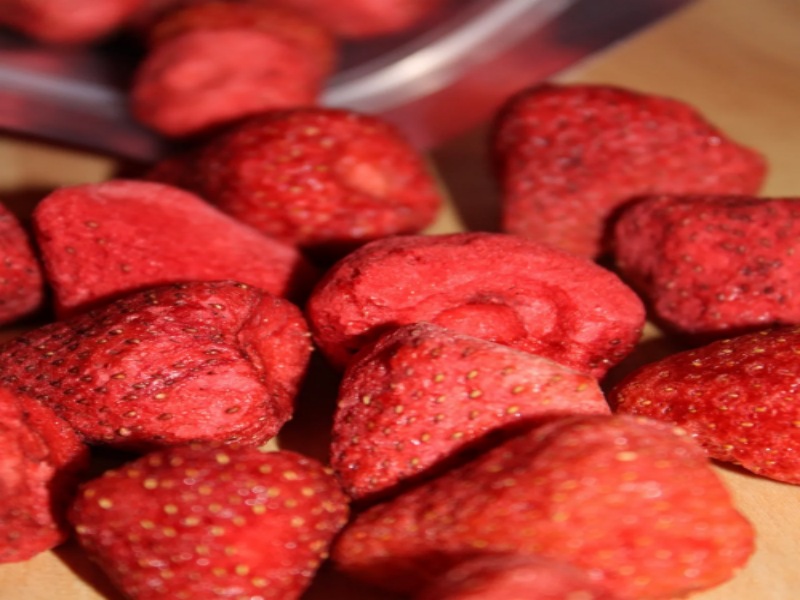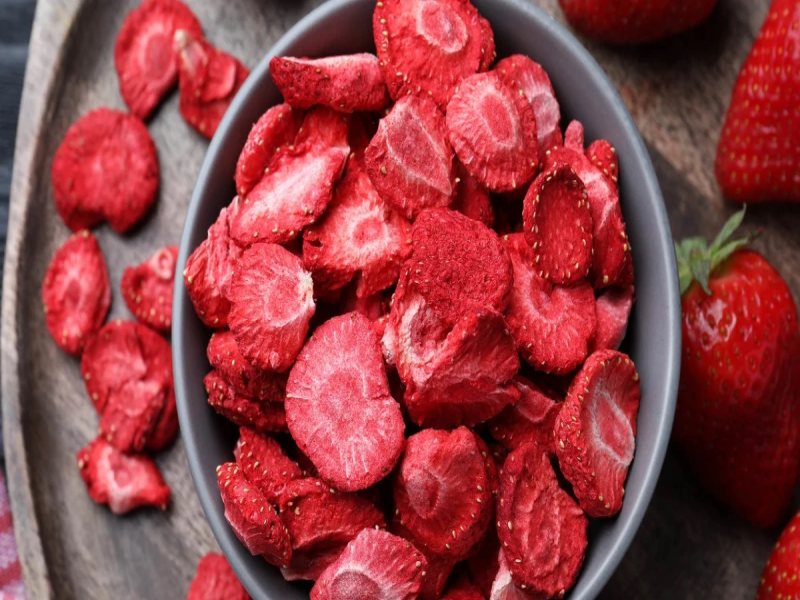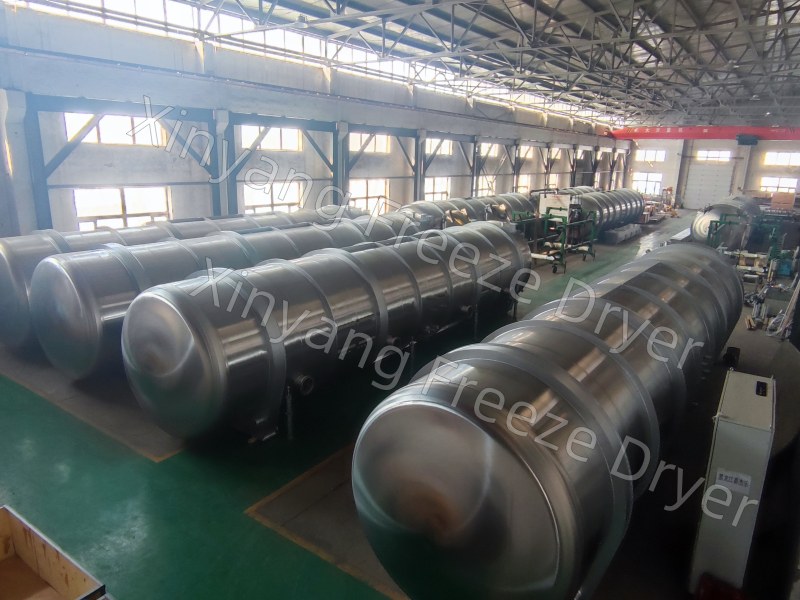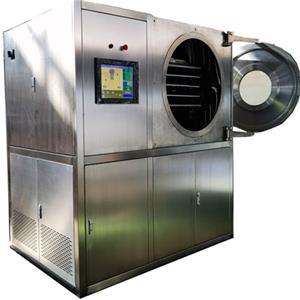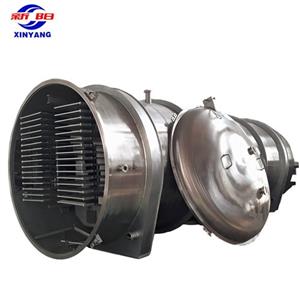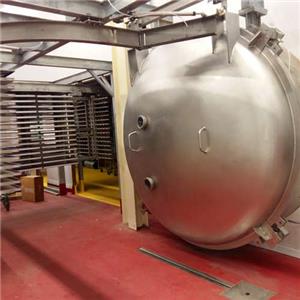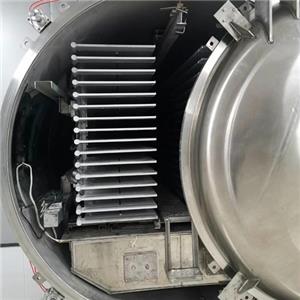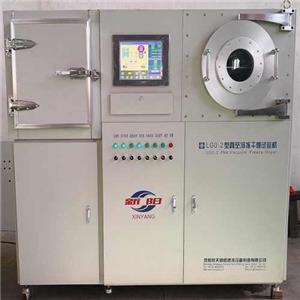- Home
- >
- News
- >
- Industry News
- >
- Freeze-dried fruit: modern food technology with nutrient retention and multiple applications
Freeze-dried fruit: modern food technology with nutrient retention and multiple applications
With the accelerated pace of modern life and the improvement of health awareness, consumers are increasingly demanding convenient and nutritious foods. As an innovative product of food processing technology, freeze-dried fruit perfectly combines the nutritional value of fruit with the convenience of long-term storage, and has received widespread attention from the market in recent years. Freeze-drying technology originated in the medical field in the early 20th century and was gradually applied to food processing, especially the processing of heat-sensitive nutritious foods. Compared with traditional drying methods, freeze-drying technology can remove moisture at low temperatures and retain the original nutrients, color, flavor and shape of fruits to the maximum extent.
Freeze-dried fruit not only solves the problem of fresh fruit being perishable and difficult to store, but also becomes an ideal food choice for outdoor activities, travel and emergencies due to its light and ready-to-eat characteristics. At the same time, the advancement of food technology has continuously expanded the application scope of freeze-dried fruit, from simple snacks to baking ingredients, beverage additions, catering decorations and other fields. This article aims to systematically explore the technical principles, nutritional advantages and diversified applications of freeze-dried fruit, provide scientific references for consumers, and look forward to its future development prospects.
Main uses of freeze-dried fruits
Freeze-dried fruits have become the main form of consumption as healthy snacks. Whole fruit slices or fruit particles retain natural flavor and sweetness, do not contain added sugar, and meet consumers' demand for "clean label" foods. Mixing freeze-dried fruits as ingredients for breakfast cereals or yogurt not only adds nutrition, but also provides a rich taste experience. Freeze-dried fruit crisps, which are particularly popular with children, have become a healthy choice for parents to replace traditional candies because of their bright colors and crisp taste.
In the field of baking and desserts, the application of freeze-dried fruits is becoming more and more extensive. Pastry chefs incorporate freeze-dried fruit powder into dough or batter to make naturally colored macarons, cookies and cakes. Whole pieces of freeze-dried strawberries, mangoes, etc. are often used to decorate the surface of cakes, which is both beautiful and prevents fresh fruit from leaking and affecting the texture of pastries. Ice cream manufacturers have found that adding freeze-dried fruit particles can provide a lasting fruity flavor and a unique crispness, solving the problem of fresh fruit causing ice cream to freeze.
The beverage industry innovatively uses freeze-dried fruits to enhance product value. Freeze-dried fruit powder can be quickly dissolved in water, milk or alcoholic beverages to make natural fruity drinks. Tea shops pair whole pieces of freeze-dried fruit with tea leaves to create "flower and fruit tea" that is both visually and tastefully enjoyable. A more cutting-edge application is to make freeze-dried fruit into edible cup decorations or ice cubes, which release flavor as the drink melts, enhancing the consumer experience.
High-end applications in the catering industry demonstrate the creative potential of freeze-dried fruit. Michelin restaurant chefs use freeze-drying technology to make ultra-light fruit "foam" or "gauze" as an artistic decoration for dishes. In molecular cuisine, freeze-dried fruit powder is made into flavored "soil" or "dust" to create a multi-layered taste experience. In addition, the concentrated flavor properties of freeze-dried fruit make it a natural base for sauces and dressings, adding depth to dishes without adding moisture.

